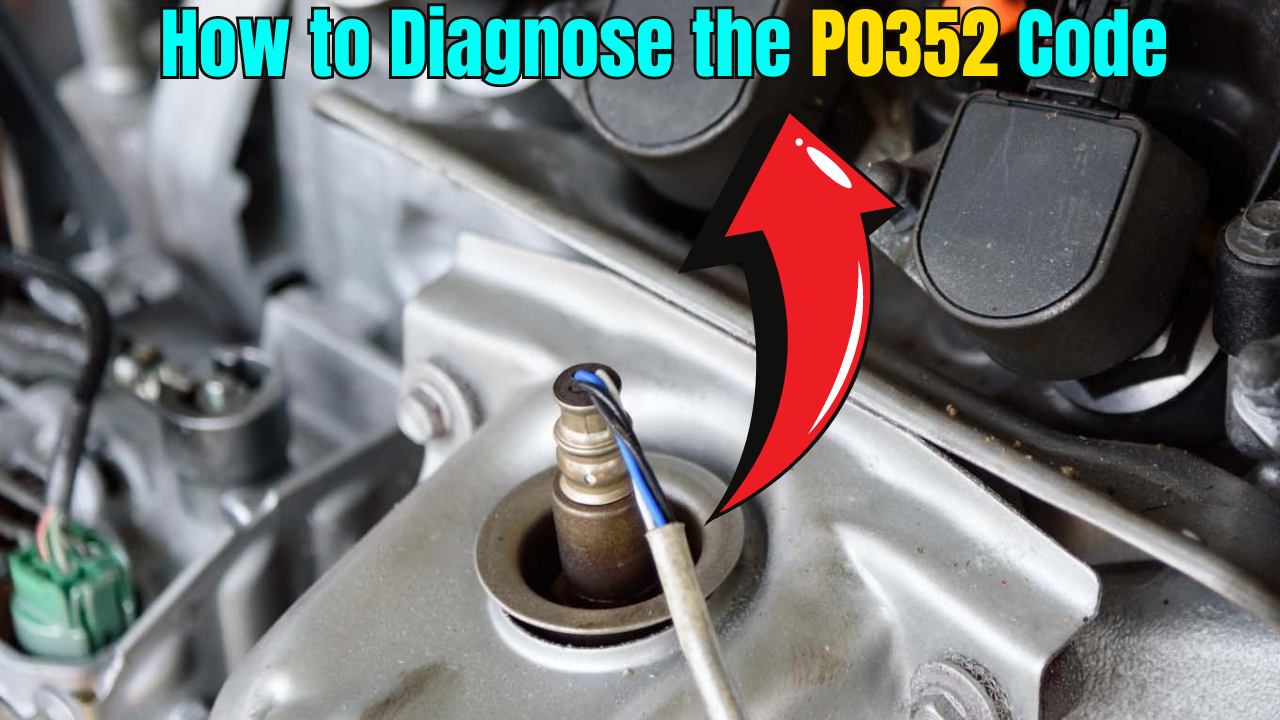One of the diagnostic trouble codes (DTC) that may appear during an On-Board Diagnostics II (OBD-II) scan is P0352 that will turn your engine light on. This code indicates a problem with the ignition coil circuit associated with cylinder number 2 in your engine.
Let’s learn further what this code means, its symptoms, causes, and how to fix it is crucial for maintaining your vehicle’s performance and avoiding further damage.
What Is the P0352 Code?
The P0352 code is a generic OBD-II DTC that signals an issue in the ignition coil circuit of cylinder number 2, referred to as “Ignition Coil ‘B’ Primary/Secondary Circuit Malfunction.” The ignition coil plays a vital role in your vehicle’s engine by transforming the battery’s low voltage into the high voltage needed to create the spark that ignites the air-fuel mixture in the combustion chambers.
This code is set when the vehicle’s Engine Control Module (ECM) or Powertrain Control Module (PCM) detects an irregularity/malfunctioning in the ignition coil circuit for cylinder 2, which can lead to engine misfires, poor performance, and potential damage to other engine components.
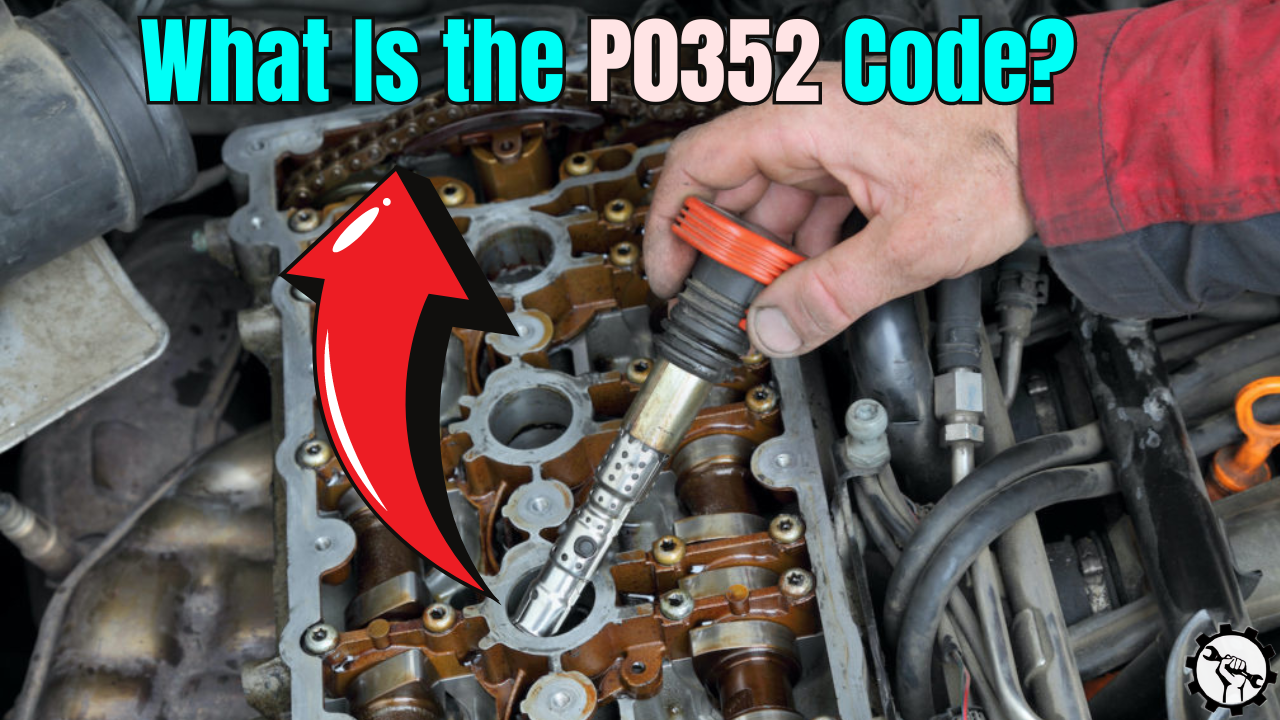
Symptoms of the P0352 Code
The P0352 code is usually accompanied by several noticeable symptoms, which can vary in severity depending on the underlying cause. Here are some common signs that your vehicle might be dealing with this issue:
- Check Engine Light ON: The most obvious indicator is the check engine light illuminating on your dashboard.
- Engine Misfire: You may experience engine misfires, particularly when accelerating, which can cause the vehicle to jerk or hesitate.
- Rough Idling: The engine might idle roughly, with noticeable vibrations, especially when the vehicle is stationary.
- Loss of Power: There may be a significant loss of engine power, especially when the vehicle is under heavy load, such as when accelerating or climbing hills.
- Difficulty Starting: The engine might have trouble starting, or you may experience a hard start.
- Reduced Fuel Efficiency: Due to misfires and inefficient combustion, your vehicle’s fuel economy may decrease.
These symptoms are not only inconvenient but can also lead to more serious issues if left unaddressed. Engine misfires, for instance, can cause additional wear on your vehicle’s engine components, such as the spark plugs, pistons, and catalytic converter.
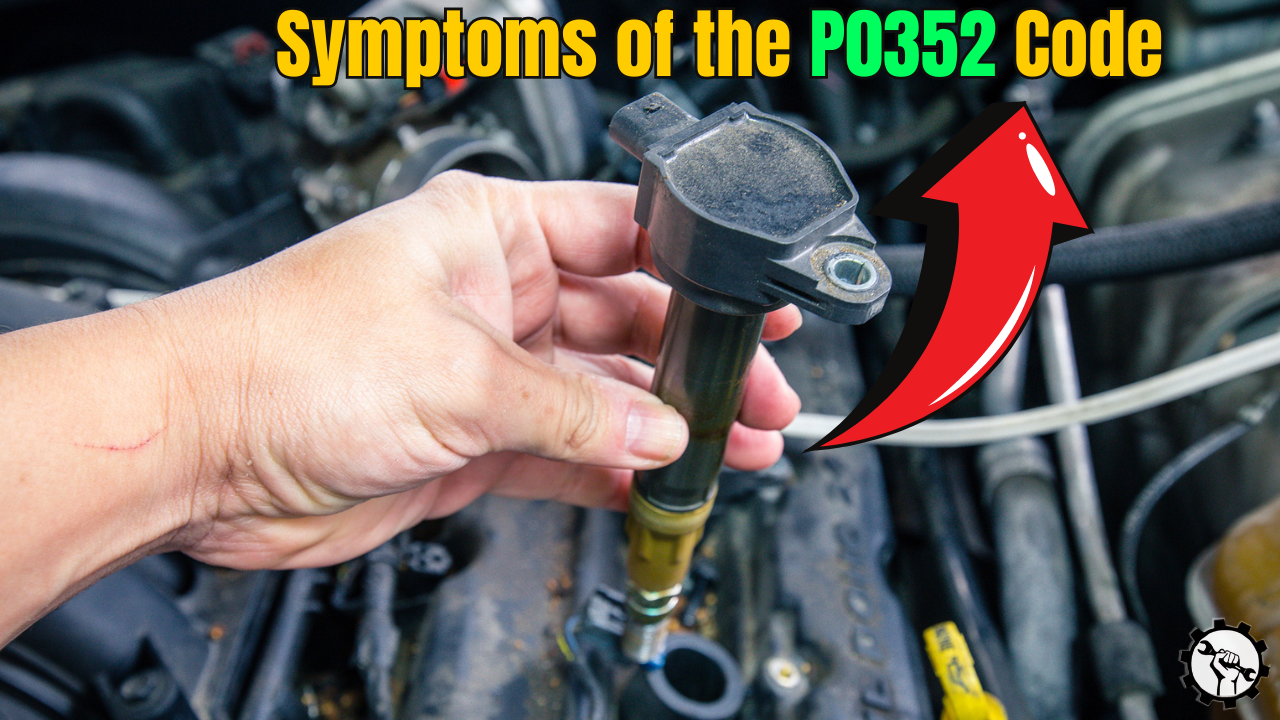
Causes of the P0352 Code
Several factors can trigger the P0352 code, most of which are related to the ignition system or the wiring connected to it. Here are some of the common causes:
- Faulty Ignition Coil: The most common cause is a malfunctioning ignition coil in cylinder 2, which may be due to wear, corrosion, or internal failure.
- Damaged Wiring or Connectors: The wiring harness or connectors that connect the ignition coil to the ECM/PCM can be damaged, corroded, or loose, causing disruptions in the circuit.
- Defective ECM/PCM: In some cases, the ECM or PCM itself may be faulty, sending incorrect signals to the ignition coil.
- Faulty/Worn Spark Plug: A bad spark plug in cylinder 2 can cause misfires and trigger the P0352 code.
- Vacuum Leaks: Leaks in the intake manifold or vacuum hoses can lead to improper air-fuel mixture, affecting the ignition process.
- Carbon Build-Up: Carbon deposits in the throttle body or on the spark plug can obstruct the ignition process.
- Sensor Problems: Although rare, problems with the camshaft position sensor or crankshaft position sensor can also lead to ignition timing issues, triggering the P0352 code.
- Identifying the exact cause requires a thorough inspection and diagnosis by a qualified mechanic, as addressing the wrong issue could result in further complications.
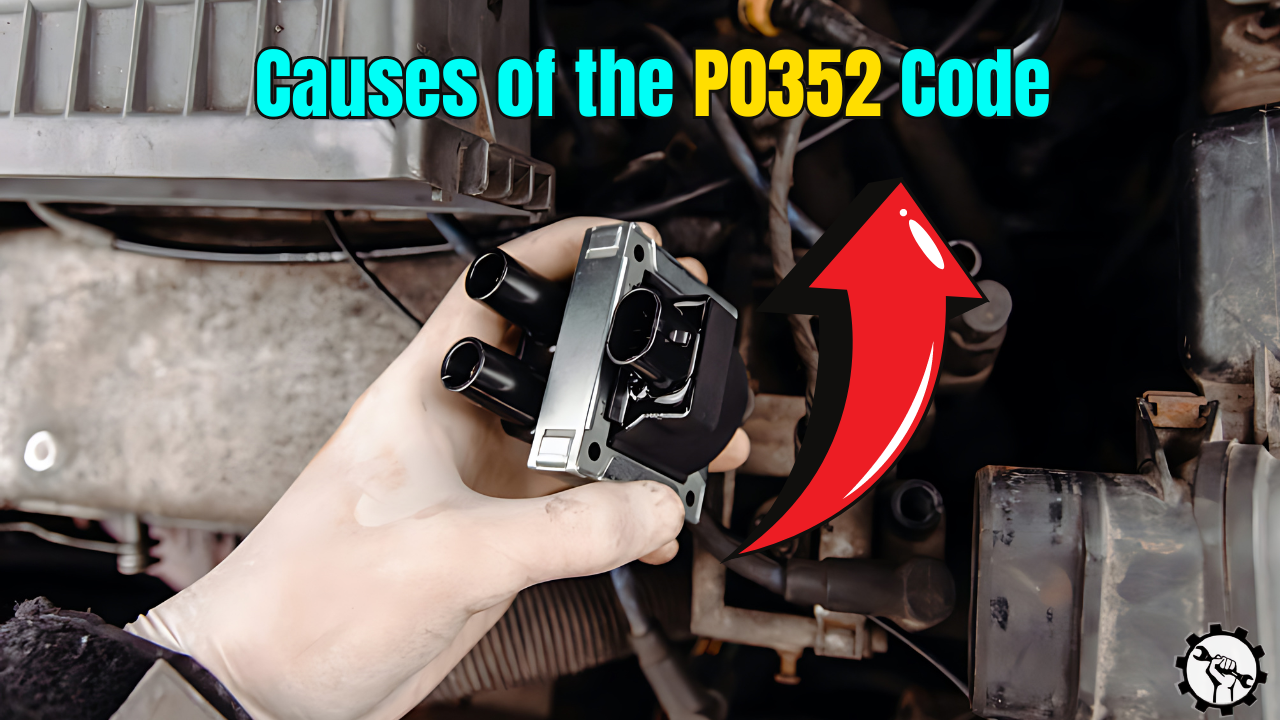
How to Diagnose the P0352 Code?
Diagnosing the P0352 code typically involves a step-by-step approach to pinpoint the exact cause of the problem. Here’s how a professional mechanic might approach the diagnosis:
OBD-II Scanning: The mechanic will start by using an OBD-II scanner to retrieve the trouble code and any other related codes.
- Visual Inspection: A visual inspection of the ignition coil, wiring harness, and connectors for cylinder 2 will be performed to check for obvious signs of damage, such as frayed wires, corrosion, or loose connections.
- Coil Resistance Test: The resistance of the ignition coil will be measured using a multimeter to determine if it is within the manufacturer’s specified range.
- Spark Plug Inspection: The spark plug in cylinder 2 will be inspected for wear, damage, or carbon build-up, and replaced if necessary.
- Wiring Test: The wiring and connectors between the ignition coil and the ECM/PCM will be tested for continuity, shorts, or open circuits.
- Signal Test: The Hertz signal sent by the ECM/PCM to the ignition coil will be measured to ensure it is functioning correctly.
- Vacuum Leak Test: The intake manifold and vacuum hoses will be checked for leaks that could be affecting the air-fuel mixture and causing misfires.Once the source of the problem is identified, the mechanic can recommend the appropriate repairs.
How to Fix the P0352 Code?
The repair process for the P0352 code will depend on the diagnosed cause. Here are some common fixes:
- Replace the Ignition Coil: If the ignition coil is faulty, it will need to be replaced. This is a relatively straightforward repair and often resolves the issue.
- Repair or Replace Wiring: If damaged wiring or connectors are found, they will need to be repaired or replaced to restore proper electrical connectivity.
- Replace the Spark Plug: A worn or fouled spark plug should be replaced to ensure proper ignition in cylinder 2.
- Fix Vacuum Leaks: Any identified vacuum leaks should be repaired, such as replacing cracked vacuum hoses or sealing leaks in the intake manifold.
- Clean the Throttle Body: If carbon build-up is causing the issue, the throttle body and related components should be cleaned to remove obstructions.
- Replace the ECM/PCM: If the ECM or PCM is determined to be defective, it may need to be reprogrammed or replaced, though this is less common.
After repairs, the mechanic will typically clear the code from the vehicle’s computer and test drive the vehicle to ensure that the issue has been resolved.
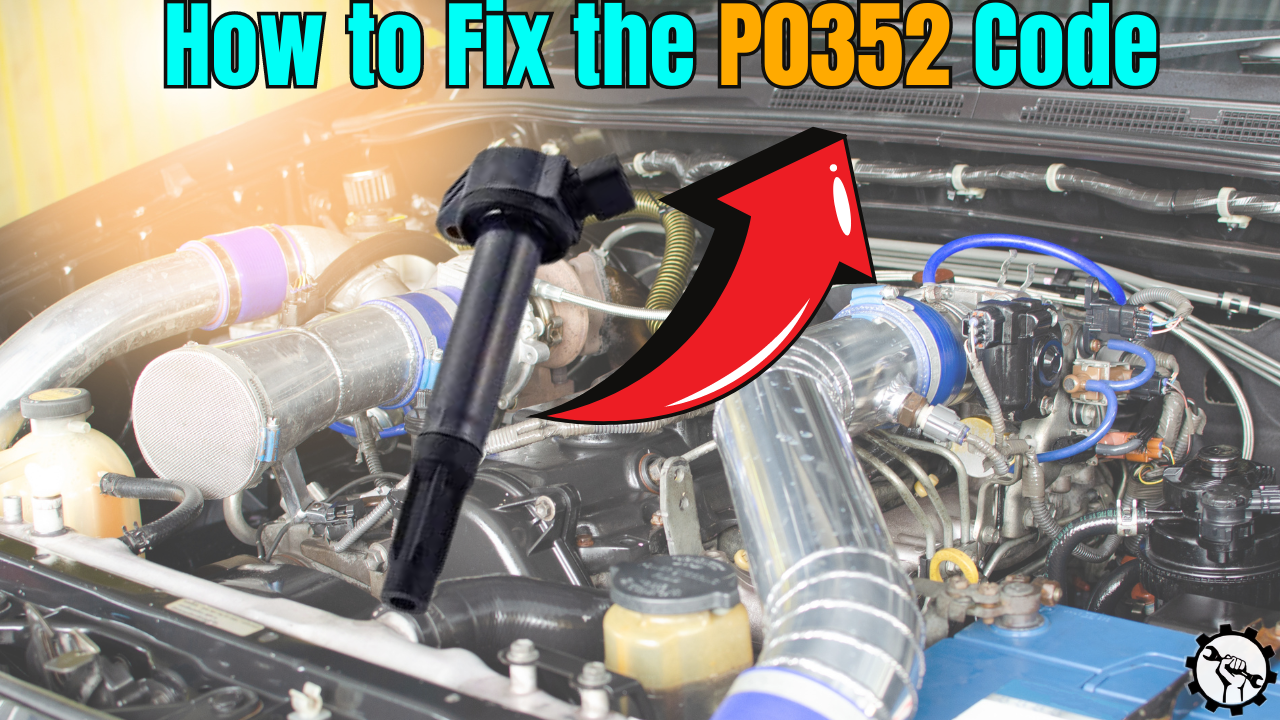
Prevention
While some causes of the P0352 code are inevitable due to wear and tear, regular maintenance can help prevent issues. Here are a few tips:
- Regularly Replace Spark Plugs: Follow your vehicle manufacturer’s recommendations for replacing spark plugs to avoid misfires and ignition issues.
- Inspect Wiring: Periodically inspect the wiring and connectors in your engine bay for signs of damage or corrosion, especially if your vehicle is older or has been exposed to harsh conditions.
- Clean the Throttle Body: Regularly cleaning the throttle body and fuel injectors can help prevent carbon build-up, which can affect engine performance.
- Use Quality Parts: When replacing ignition components, use high-quality parts to ensure longevity and proper function.
- P0352 Code Explained: What It Means and How to Fix It
Verdict
The P0352 code indicates an issue with the ignition coil circuit for cylinder 2, which can lead to engine misfires and other performance problems. While this issue can be frustrating, it is typically fixable with the right diagnosis and repair. Addressing the problem promptly is crucial to avoid further damage to your vehicle’s engine and to ensure a smooth, reliable driving experience. Regular maintenance and inspections can also help prevent this and other similar issues from occurring in the future.

As a mechanical engineer, it’s easy for David to explain the functionality of the tool. David test most of the tools before writing a review. its help him to learn something new and suggest the best product for you.






